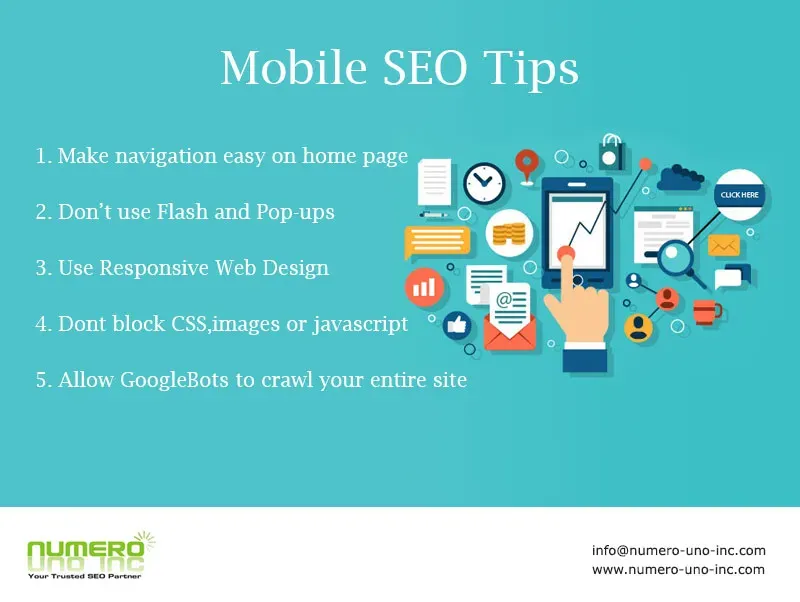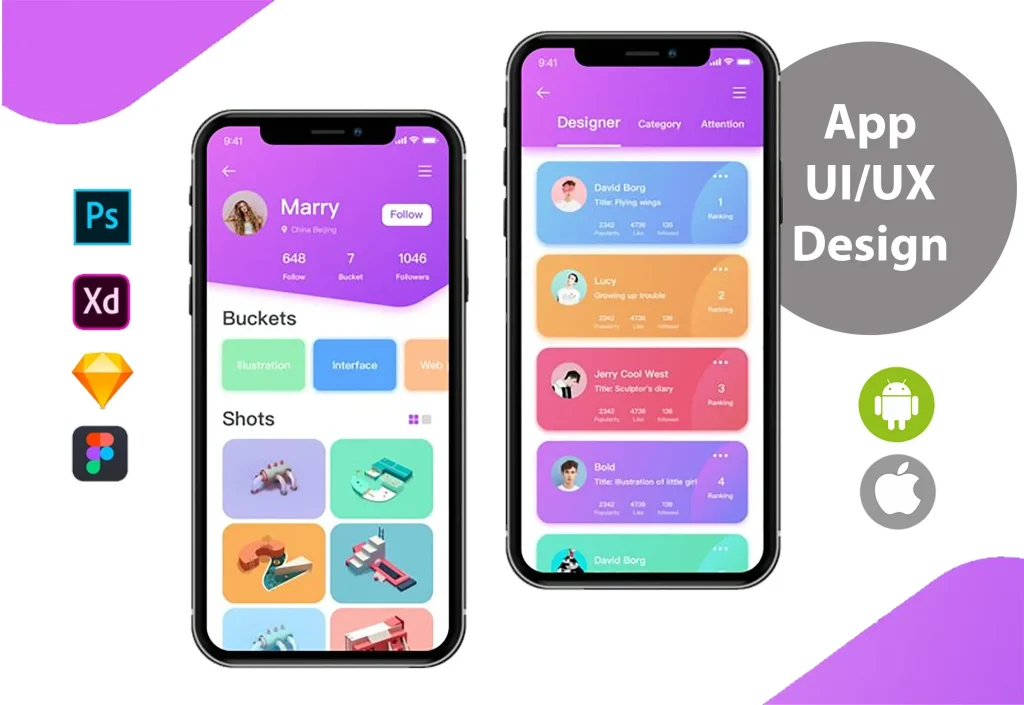Mobile SEO tactics are shaping how brands reach mobile users in a crowded online landscape, influencing rankings, engagement, and how sites are designed for speed and clarity on small screens. To win on mobile, you must optimize for speed, usability, accessibility, and resilience across devices, networks, and operating systems, while keeping a clean, crawlable technical backbone that scales with growth. This introductory guide highlights five high-impact approaches designed to boost mobile visibility, reduce friction, and drive meaningful actions from shoppers, information seekers, and casual browsers on smartphones. From mobile-first indexing and page speed optimization for mobile to responsive design for mobile, the strategies below show how to align technical setup, content hierarchy, and UX with real user behavior. By embracing mobile UX best practices and disciplined testing, including mobile-friendly testing, you’ll monitor impact through metrics that matter for mobile experiences and steadily improve rankings, conversions, and overall satisfaction across touchpoints and channels.
Mobile-First SEO Tactics for 2025: Embrace Mobile SEO tactics
To set the stage for sustainable rankings, anchor your strategy in mobile-first indexing and a solid technical foundation. Build a responsive design for mobile that delivers the same metadata, structured data, and canonical signals across devices, and ensure crawlability by auditing robots.txt so important pages aren’t blocked. A clean crawl path, a single canonical URL for content across desktop and mobile, and ongoing checks of the mobile usability report in Google Search Console help search engines index your pages reliably and favorably on mobile.
Beyond the foundations, prioritize page speed optimization for mobile as a core capability. Compress images (WebP/AVIF), minify CSS and JavaScript, and defer non-critical scripts to speed up the initial render. Use a CDN with HTTP/2 or HTTP/3, implement resource hints, and measure against Core Web Vitals to keep LCP, CLS, and FID in check. Regularly run mobile-friendly testing and address tap targets, font sizes, and viewport configuration so mobile users experience fast, accessible pages.
Speed, UX, and Design: Responsive Design for Mobile and Mobile UX Best Practices
True responsive design for mobile goes beyond fitting elements on a smaller screen. It relies on fluid grids, flexible images, and CSS breakpoints that prevent layout shifts while keeping typography legible and tappable. A cohesive mobile experience uses a clear content hierarchy, scannable headings, and reachable tap targets that meet accessibility guidelines, forming the core of mobile UX best practices.
Additionally, optimize navigation and engagement for mobile: sticky headers that don’t obscure content, concise menus, inline search, and intuitive interactions that feel native. Ensure forms are mobile-friendly with easy-to-tap controls and inline validation, and test across real devices to validate consistency. In short, a well-implemented responsive design for mobile sustains strong user signals and supports long-term mobile rankings.
Frequently Asked Questions
What are the essential Mobile SEO tactics to succeed with mobile-first indexing and page speed optimization for mobile?
To succeed in mobile-first indexing, start with a strong technical foundation and a true responsive design for mobile. Use a single canonical URL for content across devices, ensure robots.txt doesn’t block important sections, and verify that mobile pages render without device-specific scripts. For page speed optimization for mobile, compress images, minify CSS/JS, defer non-critical scripts, and serve next-gen formats like WebP or AVIF. Use a content delivery network (CDN) with HTTP/2 or HTTP/3 and implement preconnect and prefetch to reduce latency. Monitor Core Web Vitals (LCP under 2.5s, stable CLS, fast FID) and run mobile-friendly testing to catch tap-target, viewport, and usability issues. When your technical foundations are solid, you’ll maximize the impact of all Mobile SEO tactics, delivering faster pages, better UX, and stronger mobile rankings.
How can I validate a true responsive design for mobile and apply mobile UX best practices to boost engagement and rankings?
A true responsive design for mobile uses fluid grids, flexible images, and CSS breakpoints that adapt across viewports without layout shifts. Prioritize consistent UX with readable typography, appropriate line height, and tap targets (ideally 48×48 px or larger) that meet accessibility guidelines. Minimize intrusive elements like popups and ensure navigation is concise and usable on small screens. Implement mobile UX best practices such as clear headings, scannable content, accessible forms, and fast interactive elements. Use mobile-friendly testing on real devices and emulators to catch issues automated checks miss, and run A/B tests to optimize layouts and CTAs for mobile users. Track metrics like Core Web Vitals and conversions to refine content and structure, reinforcing Mobile SEO tactics through a seamless mobile experience.
| Topic | Key Points |
|---|---|
| Introduction | – Mobile devices dominate the digital landscape and influence rankings. – To achieve sustainable rankings in 2025, adopt practical, results-oriented strategies built around Mobile SEO tactics that align with how users search on phones and tablets. – The guide outlines five high-impact tactics to boost mobile visibility, speed up load times, and deliver a seamless experience. – Core principles: speed, usability, accessibility, and content that speaks to mobile users without sacrificing desktop performance. – Consistent application of these tactics can improve rankings, conversions, and customer satisfaction. |
| Tactic 1: Embrace mobile-first indexing and strong technical foundations | – Mobile-first indexing is the baseline for ranking. – Design and optimize for mobile users; use responsive design and ensure comparable structured data, metadata, and canonical signals as desktop. – Maintain a clean crawl path; audit robots.txt to avoid blocking important sections. – Use a single canonical URL for content across desktop/mobile; avoid device-specific scripts that hinder indexing. – Regularly review mobile usability in Google Search Console, fix tap targets, font sizes, and viewport; monitor Core Web Vitals. – Strong technical foundations amplify the impact of all other tactics. |
| Tactic 2: Optimize page speed for mobile devices | – Speed is a primary driver of UX and rankings on mobile. – Three optimization layers: asset optimization, rendering performance, and network delivery. – Asset optimization: compress images/media, minify CSS/JS, defer non-critical scripts; use WebP/AVIF and responsive images; reduce unnecessary third-party scripts. – Rendering: eliminate render-blocking resources; inline critical CSS and defer non-critical styles. – Network: use a nearby CDN with HTTP/2/3; use preconnect/prefetch; target Core Web Vitals (LCP under 2.5s, good/excellent CLS, fast FID). – These improvements boost engagement, rankings, and conversions on mobile. |
| Tactic 3: Implement a true responsive design for mobile with consistent UX | – Use fluid grids, flexible images, and CSS breakpoints to adapt to multiple viewports without layout shifts. – Practical on-page considerations: readable type, generous line height, and tap targets ( ideally 48×48 pixels or larger). – Content hierarchy: clear headings, scannable bullet lists, short paragraphs; logical navigation that works as viewport changes. – Minimize popups/interstitials on mobile; make forms mobile-friendly with easy controls, auto-complete, and inline validation. – Goal: cohesive mobile experience that improves engagement, dwell time, and signals to search engines. |
| Tactic 4: Prioritize mobile UX best practices for engagement and conversions | – Typography: legible with strong contrast and adaptive font sizes. – Tap targets and interactive elements should respond instantly. – Navigation: concise top nav, sticky headers, easy access to key sections; inline search with autosuggest. – Use visual cues and micro-interactions that are performant. – Content strategy: optimize titles/meta descriptions for readability and local intent; break up long content with descriptive subheads and lists. – Shorter sentences and scannable sections improve comprehension, reduce bounce, and support social shares/backlinks; these signals support Mobile SEO tactics. |
| Tactic 5: Leverage mobile-focused content strategy and testing for sustainable growth | – Content strategy centers on relevancy, speed, and accessibility; prioritize mobile intent in keyword research. – Target longer-tail or question-based queries; use structured data and related keywords to guide topics. – Format content for fast scanning: short paragraphs, bullets, numbered steps, clear CTAs; include visuals that explain ideas quickly. – Balance rich media with performance; avoid autoplay-heavy elements. – Testing framework: run A/B tests, use analytics and user feedback to refine approaches; AMP may be appropriate for speed on certain pages, but weigh maintenance costs. – Regular mobile-friendly testing on real devices and emulators to catch issues automated checks miss. – The aim is to minimize friction from discovery to conversion; these approaches strengthen Mobile SEO tactics by aligning decisions with how people search and browse on mobile. |
| Conclusion | – This section distills the five tactics into a mobile-first strategy that enhances speed, usability, content relevance, and accessibility. – As devices and search engines evolve, sustained focus on mobile experiences drives higher engagement, better conversions, and improved visibility in mobile search results. – The disciplined application of Mobile SEO tactics creates a scalable foundation for long-term growth, ensuring your site remains fast, accessible, and useful for real users on real devices. |



